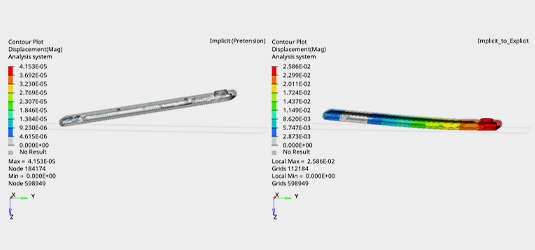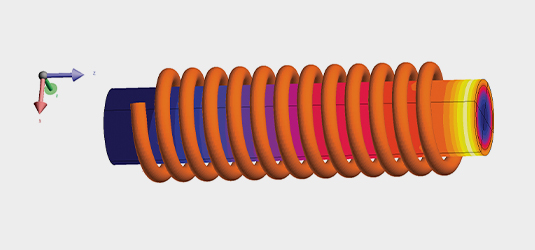
Altair® OptiStruct® Applications
The versatility of OptiStruct’s One Model, One Solver multiphysics simulation and optimization workflows set it apart from other CAE tools on the market. As a result, its simulation technology has played a pivotal role in lightweighting, verifying, and validating engineering designs for many industries, including oil and gas, automotive, aerospace and defense, architecture, engineering, and construction (AEC), electronics, and more.
Learn More About OptiStructOne Model, One Solver Workflows for:
Implicit and Explicit Analysis
OptiStruct uses both implicit and explicit solvers to assess linear and nonlinear static / dynamic problems. This means it can optimize designs for something as simple as bending a beam to something as elaborate as a large assembly experiencing impacts, erosion, and other transient scenarios. It can also optimize designs made up of complex materials like rubber, composite, hyperelastic, and viscoelastic / viscoplastic substances.
Connecting Implicit and Explicit Analyses
Engineers can use OptiStruct to connect implicit and explicit assessments. This makes it possible to chain various analyses on a single model using various OptiStruct tools. A specific example could be using nonlinear implicit analysis to assess the pretension in a screw within a cellphone's assembly. The results from that analysis can then feed information into an explicit drop test simulation to see how the screw would react.
Multiphysics Simulation and Optimization
OptiStruct enables engineers specializing in multiple disciplines to use linear and nonlinear solvers to assess, optimize, and validate designs for a multitude of physics problems. These assessments include dynamics, vibroacoustics, fatigue, heat transfer, variable loads, and more. This One Model, One Solver approach enables OptiStruct to streamline engineering and product development workflows as it reduces the need to set up models for multiple software, solvers, coupled analyses, subcases, and processes.
Learn more about OptiStruct
Contact Us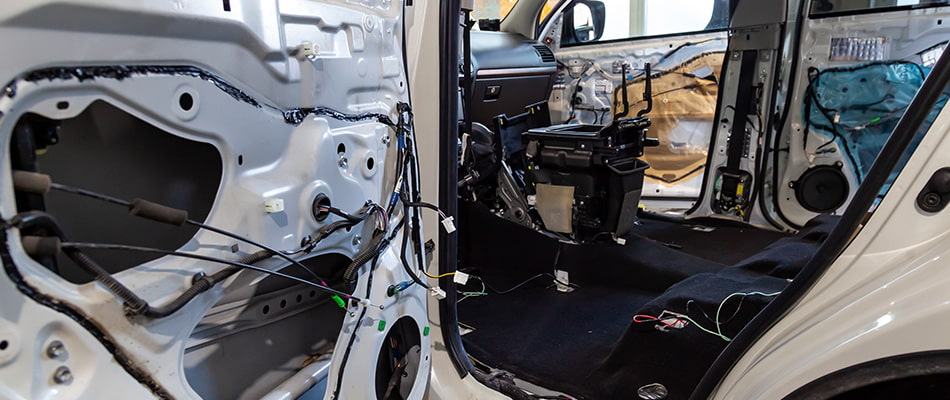
Vibration Analysis and Acoustic Analysis
Engineers must assess a design’s vibration and acoustic characteristics to meet safety standards and assure user comfort by preventing propagated noises. To do so, they can make use of OptiStruct’s fast frequency response (FASTFR) solver and automated multilevel sub-structuring eigen value solver (AMSES). FASTFR offers a quick frequency response modal solution method. Meanwhile, AMSES is a fast eigenvalue solver and can determine thousands of modes in models with millions of degrees of freedom with high performance. Engineers can also use OptiStruct to assess random vibration fatigue, coupled fluid-structure vibroacoustics, normal modes, random responses, rotor dynamics, radiated sound analysis, and more.

Fatigue Analysis
OptiStruct can optimize designs for long-term durability using its fatigue analysis tools. For example, engineers can use stress-life and strain-life fatigue constraints, with uniaxial and multiaxial loadings, for topology, topography, size, and shape optimizations. OptiStruct also offers single model multiattribute analysis and optimization workflows to streamline the iteration process, reduce time to market, and effectively assess the design space.
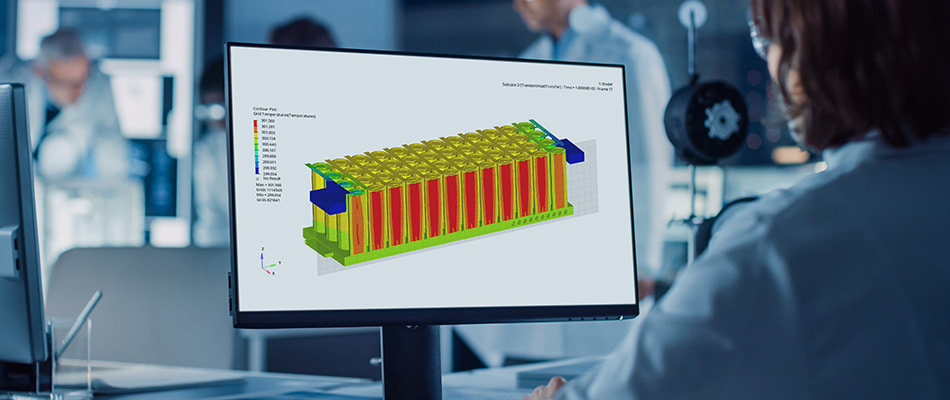
Battery Thermal Management
Battery thermal management is an extremely complex multiphysics problem. Engineers that study and optimize for this phenomenon must consider and couple various physics simulations, such as electrical, heat transfer, and structural analyses. OptiStruct can perform this complicated simulation within a single user interface. This helps engineers efficiently assess the service life and risks associated with battery systems.

Supersonic Aeroelasticity
Altair has extended OptiStruct’s aeroelasticity model to function within the supersonic regime. This enables engineers to assess how aerodynamic forces affect aircraft structures as they move within supersonic airflows. The assessment uses a constant pressure method to model the supersonic flow around the geometry; as such, engineers can assess fuselage trim, flutter, and divergence.
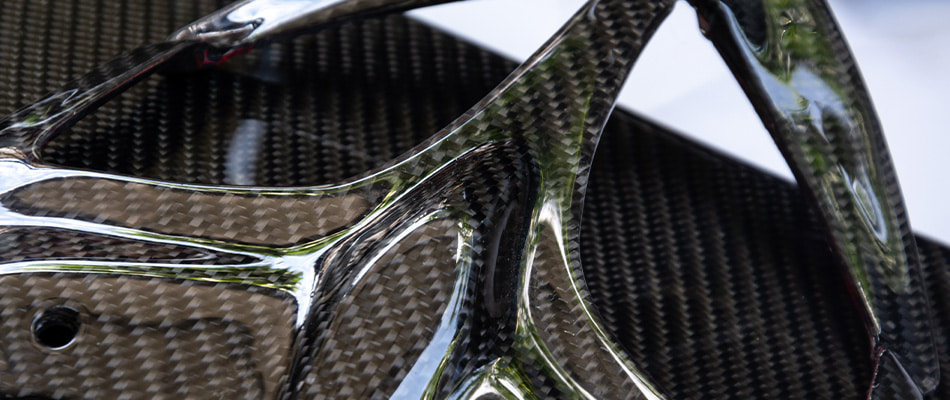
Material Analysis and Manufacturing
To lightweight parts and reduce material usage, OptiStruct can assess a range of materials setups within various geometries, such as low-density foams, lattices, layered composites, and more. Using Altair® Material Data Center™ — a comprehensive materials database and management system — or custom defined materials, engineers can also optimize parts based on material erosion, degradation, and failure. For composite designs, engineers can optimize their performance and manufacturing by determining optimal ply shapes, the number of piles, and stacking sequences. Engineers can also optimize other materials and designs for a given manufacturing method, be it additive manufacturing or traditional manufacturing.



